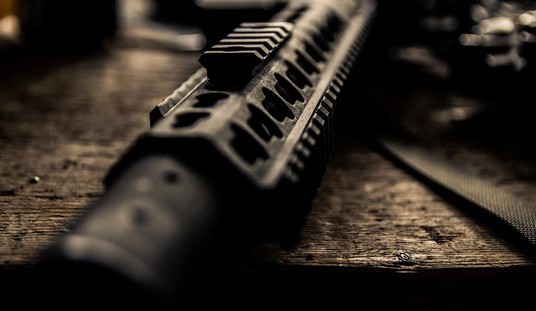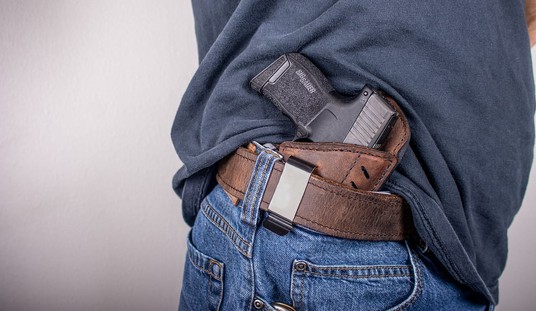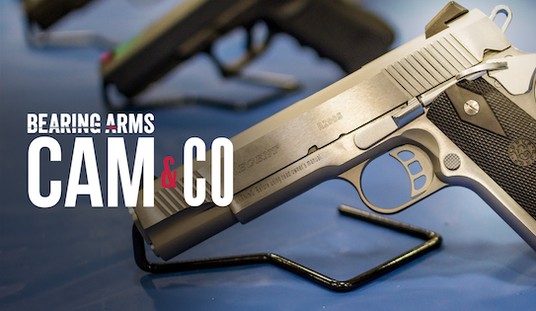The M9 Beretta has served the nation’s military honorably for 30 years, but now the military thinks it’s time for the veteran pistol to retire, and have tapped the Modular Handgun System (MHS) program to find that replacement.
One of the more “fun” parts of the open-caliber nature of the MHS selection process is the fact that the military is not only open to using hollow-point ammunition (no, the Geneva Convention doesn’t have anything to do with ammunition; no the United States was never a signatory to the Hague Convention of 1899, Declaration III, against expanding bullets in international warfare), but is also willing to consider something other than 9mm NATO as a caliber.
While the smart money bet is still on 9mm NATO hollowpoints being selected—.45 ACP weighs more, has lower ammo capacity, and isn’t any better as a stopper in JHP, and doesn’t perform as consistently as 9mm, according the to the FBI—there is a chance that something else might be adopted… and we think there’s a case to be made for the 9×23 Winchester.
Huh?
The 9×23 Winchester was designed from the ground up as a competition cartridge for International Practical Shooting Confederation (IPSC),United States Practical Shooting Association (USPSA), and International Defensive Pistol Association (IDPA) shooters as an improvement on the .38 Super +P favored by so many of the top competition shooters.
The .38 Super +P was (and remains) popular among competition shooters because of its flat trajectory, mild recoil, and significant power. The knock on the cartridge was that it was semi-rimmed, and could cause feeding problems in some pistols. The 9×23 Winchester does away with the semi-rimmed design that caused these feeding problems, and also dramatically strengthened the case to withstand much higher pressures. While it isn’t technically accurate, it is easy to think of it as a ” stretched” 9mm NATO cartridge, that needs the frame of a pistol designed to handle the longer cartridge. They’ll generally fit in pistol frame designed by .45 ACP, and recoil is similar.
If the U.S. military opts for a 9×23 Winchester for the handguns built to MHS anthropomorphic specs, they’ll have a handgun capable of 9mm magazine capacity, firing a controllable and accurate cartridge with significantly more muzzle energy than either 9mm NATO or .45 ACP cartridges.
As Brad Miller noted in a Shooting Times article last year:
Winchester offers two factory 9×23 loads, a 124-grain SP bullet at 1460 fps, and a 125-grain Silver Tip HP at 1450 fps. These loads yield 587 and 583 foot pounds (ft.-lbs.) of muzzle energy, respectively. This equals most current .357 Magnum factory 125-grain loads from a 4” barreled revolver.
This is considerably hotter than 9mm +P+, which launches 115-grain grain JHPs at around 1,400 fps and about 500 lbs of muzzle energy.
The cartridge selected for the Modular Handgun System will be tested against the M882 NATO round. While there are in fact numerous M882 NATO variants with numerous bullet weights, the MHS caliber tests will be conducted against U.S. military loading of the M882, which is a 112-grain bullet with a muzzle velocity of 1,280 fps, generating 417 foot pounds of energy.
I think there’s a strong case to be made for a military pistol cartridge that has the magazine capacity of a 9mm, and the muzzle energy of a .357 Magnum, especially considering some of the designs being submitted for the MHS contract have dramatically reduced felt recoil that will bring the cartridges felt recoil down to 9mm NATO levels fired by existing pistols.








Join the conversation as a VIP Member